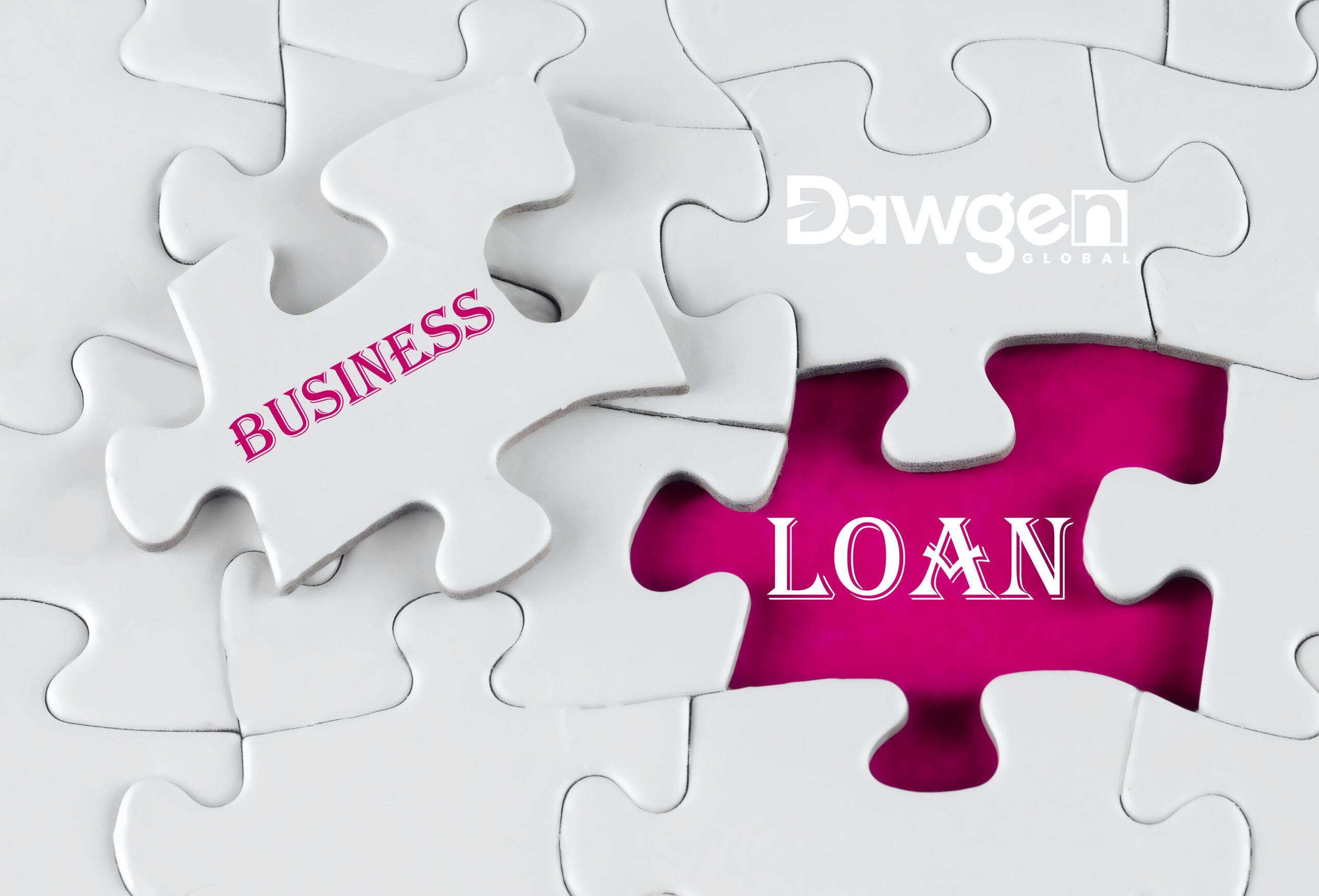 Whether you’re financing a home, a car, or business equipment, every loan payment tells a story. Behind each monthly installment lies a dynamic relationship between principal and interest—one that evolves over time and is influenced by asset type, loan structure, and interest rate.
Whether you’re financing a home, a car, or business equipment, every loan payment tells a story. Behind each monthly installment lies a dynamic relationship between principal and interest—one that evolves over time and is influenced by asset type, loan structure, and interest rate.
Understanding payment composition isn’t just for accountants. It’s a crucial skill for individuals, business owners, and financial managers aiming to optimize cash flow, reduce total borrowing costs, and make informed decisions about asset financing.
📘 What is Payment Composition?
In a fully amortized loan, your monthly payment is typically fixed—but the way that payment is applied changes over the life of the loan:
-
Principal: The portion that reduces the outstanding loan balance.
-
Interest: The charge for borrowing money, usually calculated on the remaining principal.
In the early stages of a loan, a larger share of your payment goes toward interest. Over time, more of it is applied to principal. This shift is what makes understanding payment composition so important.
🏠 Mortgage Loans: Long-Term, High-Value Borrowing
Loan Type: Fixed or variable-rate
Typical Term: 15–30 years
Asset Behavior: Appreciating or stable in value
With mortgage loans, the repayment schedule is designed to stretch over decades. In the early years:
-
Up to 70–80% of the payment may be interest.
-
Equity builds slowly unless extra payments are made toward the principal.
Why It Matters:
-
Early refinancing or selling your home too soon could mean you’ve paid mostly interest, not equity.
-
Making extra principal payments early can accelerate equity growth and reduce lifetime interest costs.
🚗 Motor Vehicle Loans: Short-Term, Depreciating Assets
Loan Type: Fixed-rate
Typical Term: 3–7 years
Asset Behavior: Rapidly depreciating
Motor car loans have a much shorter amortization period. While interest is still front-loaded, the shorter term means:
-
Principal repayment begins accelerating faster.
-
The risk of negative equity (owing more than the car is worth) is higher, especially with minimal down payments.
Why It Matters:
-
Knowing your payment composition helps you avoid being “underwater” on a loan.
-
Paying more toward principal early can help preserve resale value and financial flexibility.
🧾 Business Equipment or Asset Loans: Function Over Form
Loan Type: Varies by lender and purpose
Typical Term: 3–10 years
Asset Behavior: Usually depreciating, but income-generating
Business loans for equipment, vehicles, or machinery often require careful structuring:
-
The loan term should match the useful life of the asset.
-
Front-loaded interest payments can reduce the value of early payoffs.
Why It Matters:
-
Aligning the amortization schedule with asset usage ensures better ROI and budgeting accuracy.
-
Understanding interest vs. principal breakdown supports strategic tax planning, especially for depreciation and interest deductions.
🔁 How Interest Rate and Loan Duration Shape Payment Composition
| Factor | Impact on Payment Composition |
|---|---|
| Higher Interest Rate | Increases the share of payment that goes to interest initially |
| Longer Loan Term | Spreads principal repayment thinly; interest dominates early payments |
| Shorter Loan Term | Accelerates principal repayment; lowers total interest paid |
| Extra Payments | Go directly to principal, reducing interest in future months |
📊 Real-World Example: $100,000 Loan at 6% for 5 vs. 30 Years
| Term | Monthly Payment | Total Interest Paid | Interest Portion (Year 1) |
|---|---|---|---|
| 5 Years | $1,933.28 | ~$15,997 | ~30% of each payment |
| 30 Years | $599.55 | ~$115,838 | ~83% of each payment |
👉 This example illustrates how longer terms reduce monthly burden but increase total interest, with early payments being interest-heavy.
🧠 Dawgen Global Recommendations: Strategic Approaches to Managing Payment Composition
Whether you’re a homeowner, a vehicle owner, or a business financing capital assets, understanding the mechanics of loan repayment can unlock opportunities to reduce borrowing costs and increase financial flexibility. Here’s how to manage your payment composition wisely:
✅ For Individuals:
-
Make Lump-Sum or Extra Payments Early in the Loan
Loan amortization schedules are typically interest-heavy in the early years, meaning most of your monthly payment goes toward interest rather than reducing the principal. Making extra payments toward the principal early on significantly reduces total interest paid over the life of the loan and accelerates equity growth.
-
Use Loan Amortization Calculators to Visualize Payment Shifts
Tools and calculators can help you see the month-by-month breakdown of principal vs. interest in your payments. This visibility allows you to plan early-payoff strategies and understand how changes in interest rates or loan duration affect your total cost.
-
Align Loan Terms with Asset Lifespans
Choose a loan duration that matches the expected useful life of the asset. For example, don’t take a 7-year loan for a vehicle that will depreciate significantly within 5 years, as you may end up paying more in interest than the car’s remaining value.
📊 Real-Life Example: The Cost of Time in Mortgage Financing
Let’s examine how loan duration alone impacts the total interest paid on a mortgage, using a real-world example:
Loan Amount: JMD $21,000,000
Interest Rate: 11.99% (Fixed)
Loan Duration Options: 10 years vs. 25 years
| Loan Duration (Years) | Monthly Payment (JMD) | Total Interest Paid (JMD) | Total Payment Over Loan Term (JMD) |
|---|---|---|---|
| 10 | 301,167.61 | 15,140,112.77 | 36,140,112.77 |
| 25 | 221,021.91 | 45,306,572.97 | 66,306,572.97 |
What This Means:
-
Choosing a 25-year loan instead of a 10-year loan reduces your monthly obligation by about JMD 80,000, which may seem attractive from a cash flow perspective.
-
However, the cost of that lower monthly payment is a staggering JMD 30 million more in total interest paid over the life of the loan.
-
This example highlights the hidden cost of longer durations, even at the same interest rate. Time, in this case, literally equals money.
✅ For Businesses:
-
Match Loan Amortization Schedule with Cash Flow from the Asset
Structure the loan in a way that aligns with the income-generating capacity of the asset. For example, if a piece of equipment generates revenue over 5 years, your loan should ideally be amortized within that same timeframe.
-
Consider Tax Deductibility of Interest vs. Depreciation
Understanding your tax position is essential. In many jurisdictions, interest payments and asset depreciation are deductible expenses. Structuring your loan to optimize these benefits can reduce your effective cost of borrowing.
-
Evaluate Leasing vs. Borrowing
Sometimes, leasing may offer better flexibility, especially for rapidly depreciating or tech-sensitive assets. Consider leasing for assets that require frequent upgrading or have uncertain long-term utility.
💬 Final Thought
At Dawgen Global, we don’t just help you get a loan—we help you understand it, optimize it, and align it with your financial goals. Whether it’s a mortgage, vehicle loan, or business asset financing, our multidisciplinary team is here to provide tailored advice that minimizes costs and maximizes value.
Next Step!
“Embrace BIG FIRM capabilities without the big firm price at Dawgen Global, your committed partner in carving a pathway to continual progress in the vibrant Caribbean region. Our integrated, multidisciplinary approach is finely tuned to address the unique intricacies and lucrative prospects that the region has to offer. Offering a rich array of services, including audit, accounting, tax, IT, HR, risk management, and more, we facilitate smarter and more effective decisions that set the stage for unprecedented triumphs. Let’s collaborate and craft a future where every decision is a steppingstone to greater success. Reach out to explore a partnership that promises not just growth but a future beaming with opportunities and achievements.
✉️ Email: [email protected] 🌐 Visit: Dawgen Global Website
📞 Caribbean Office: +1876-6655926 / 876-9293670/876-9265210 📲 WhatsApp Global: +1 876 5544445
📞 USA Office: 855-354-2447
Join hands with Dawgen Global. Together, let’s venture into a future brimming with opportunities and achievements

